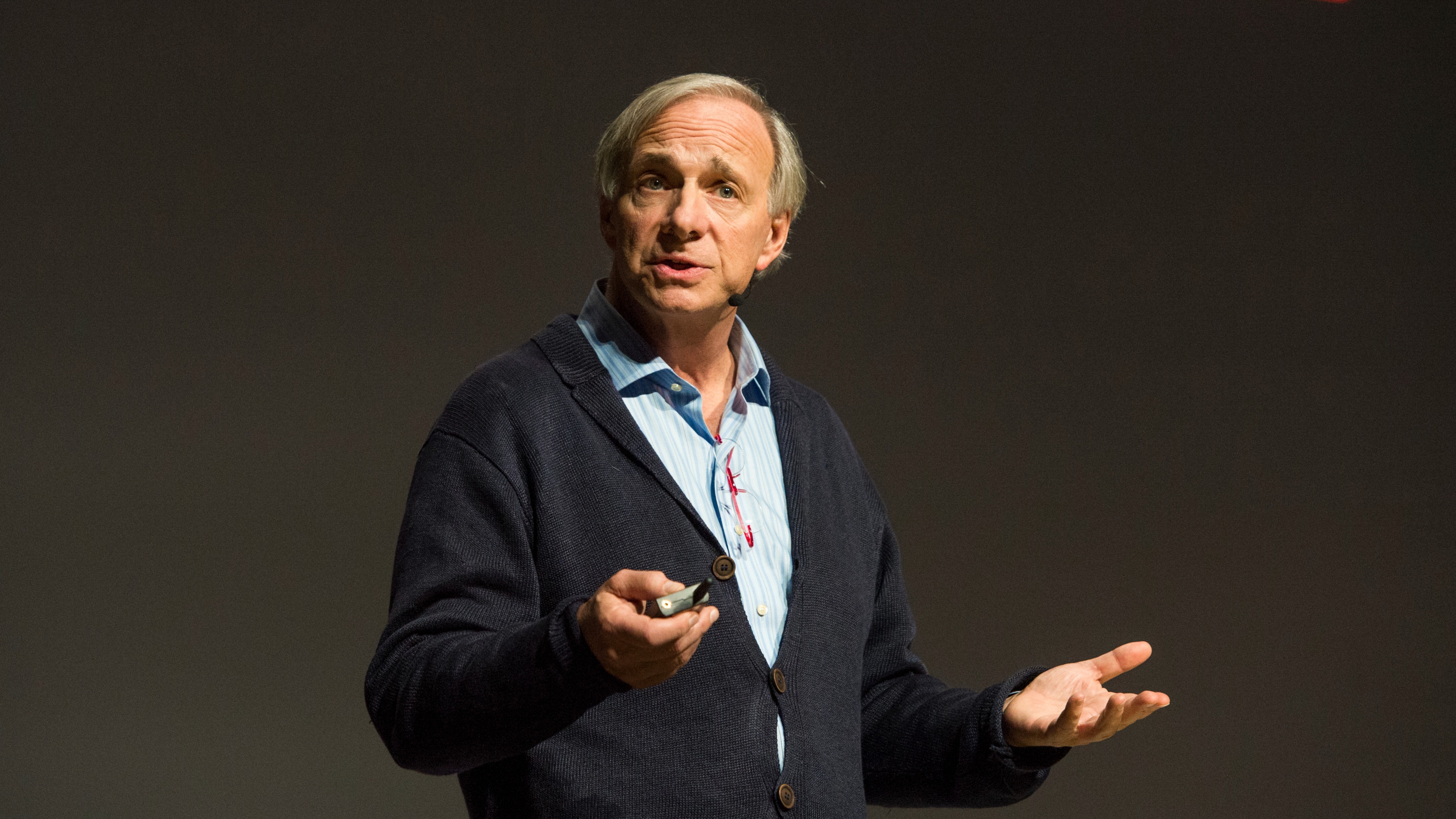
While investors continue to worry about stretched valuations in many parts of the market and consider whether a correction is on its way, some predict that the bull market still has a long way to run.
We’re currently nine years into the current bull market, according to wealth management firm Kleinwort Hambros. However, despite the average bull market lasting just five years, the company says markets can continue to grind higher.
Research from Kleinwort shows that were currently around 250% above the troughs back in 2008. That shows we’ve come a long way. Indeed, average returns for bull markets are generally around 200%.
However, we’re nowhere near the magnitude of the dotcom rally in the 1990s, which lasted 12 years and captured returns of around 500%.
Breaking the “anatomy” of this bull market down, Mouhammed Choukeir, chief investment officer at Kleinwort, says the top of a bull market tends to have three prevailing characteristics: over-valuation, the beginning of an economic slowdown and euphoric sentiment.
It’s a bit of a broken record that the US equity market is over-valued, says Choukeir. While the US market is “undoubtedly expensive” at the aggregate level, there are pockets of opportunity in global equities.
He points to European and emerging markets as examples of places valuations are not stretched. That’s despite a strong rally in the latter region.
On a traffic light scale, “we would characterise valuations as amber, perhaps shifting to red”, he adds.
Global Economy Still Growing
While we learnt this week that the UK economy is looking “pretty mediocre” and sentiment is low, that’s far from the case globally. In fact, we couldn’t be further away from an economic slowdown, claims Choukeir.
“What we’re seeing is an uptick in activity economically. The global economy is growing and the central banks are looking to normalise their interest rates and their quantitative easing programmes on the back of that.
“The International Monetary Fund is actually upgrading economic forecasts. There’s even talk that the global economy might grow at 4% in the coming years. That is supportive of a continuation of this bull market.”
“This bull market is uncharacteristically timid,” says Choukeir. “Bull markets don’t usually feel like this.”
Thinking back to the 1990s, he adds, every quarter just felt like it was getting better and better. “That led to the euphoric sentiment towards the end of that bull market.”
But there’s been a lot of cynicism, scepticism and negativity around politics, the economy and central banks throughout this nine-year period. And those questions continue today. Therefore, investors are cautious, suggesting that “this bull market could have further to run”.
Choukeir admits the bull market has “clearly reached maturity” and says he’s been reducing risk to an extent. “But by our assessment it doesn’t feel like this is the time to reduce risk aggressively."
Warning Signs Not Flashing Yet
A lot of gains during bull markets also tend to come towards the latter stages, which is another reason Choukeir continues to like equities. “That’s driven by momentum. The latter stages can be very beneficial.”
While investors are not currently displaying signs of euphoria, “the fact that we’re in a low volatility environment and tightening spreads in the high-yield bond market are indicators of perhaps complaceny”. “Those are warnings signs, but it’s not flashing red right now saying this is the time to exit.”
Those red lights will come when “people genuinely cannot see any more risks”, he says. An example is back in 2006 when everyone thought the real estate market could only go up, only to come crashing down again shortly after. It was the same in the dotcom era.
“In fact where you are seeing bubble characteristics in the way people talk about an asset class is in places like bitcoin,” Choukeir illustrates. “I can’t see anybody that is invested in bitcoin that says to me there’s risks to these investments; they say bitcoin can only go up, it is the future.
“That’s a worry because it’s not based on any fundamentals, it’s all momentum-driven.”





























